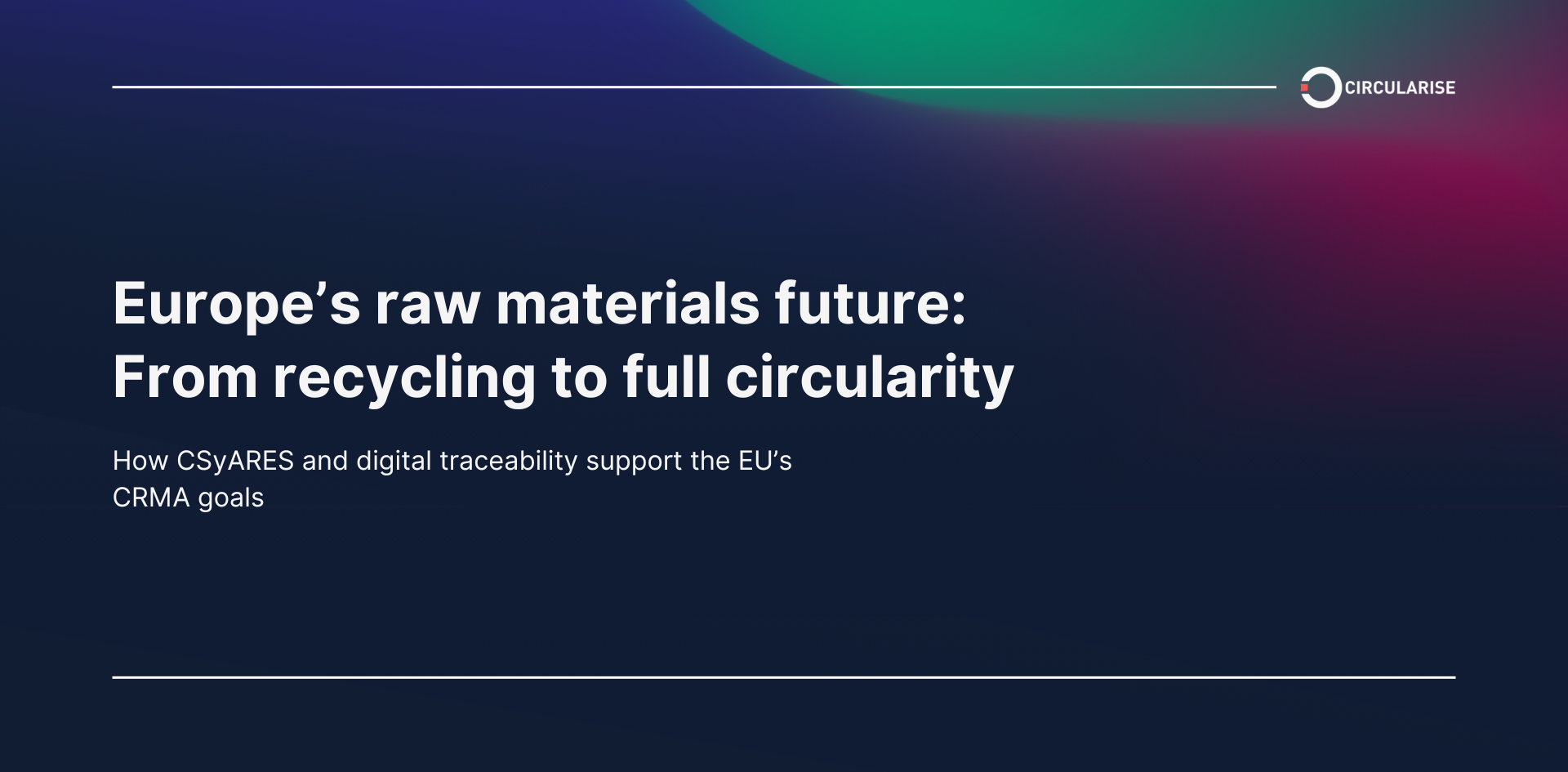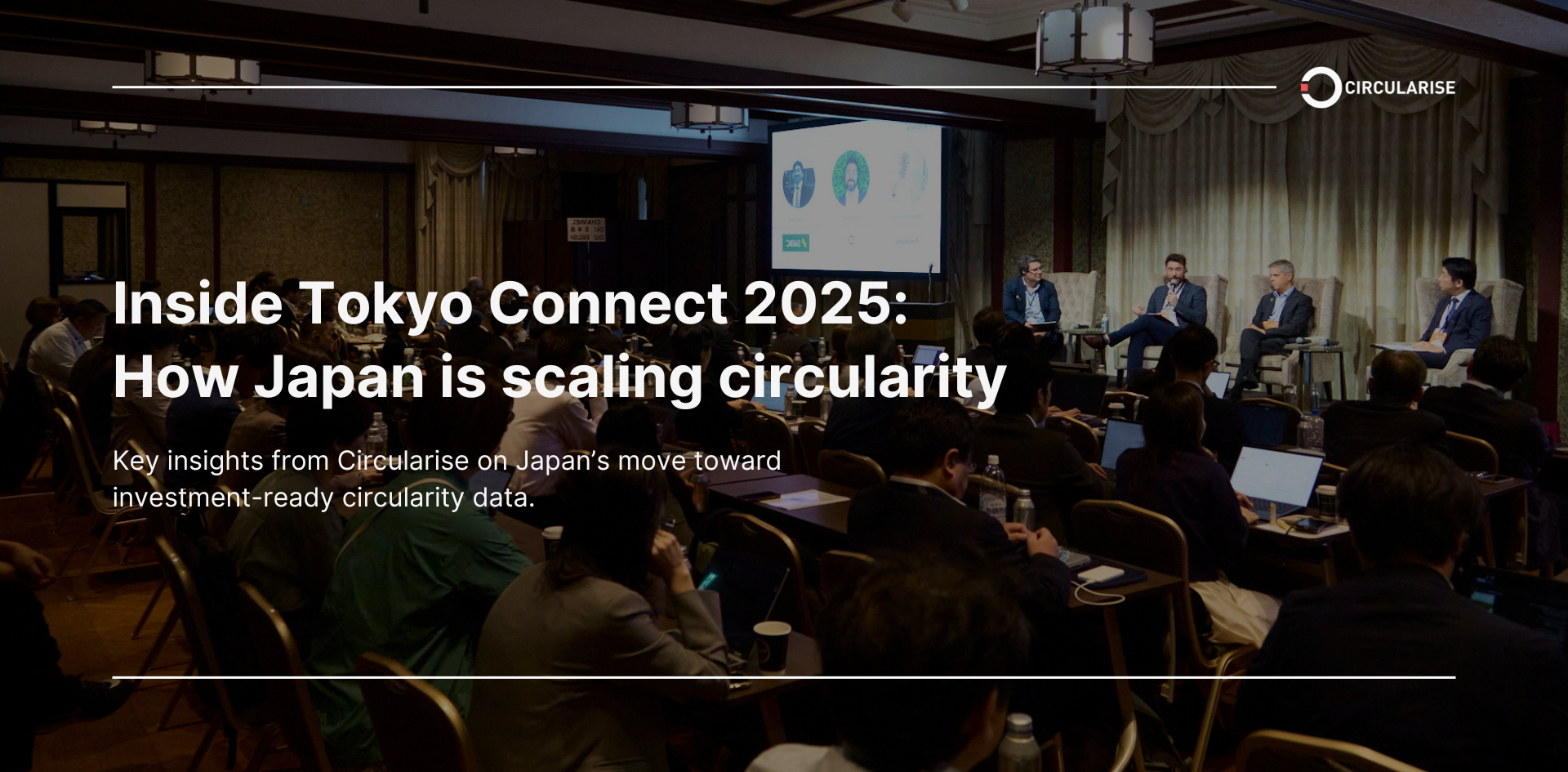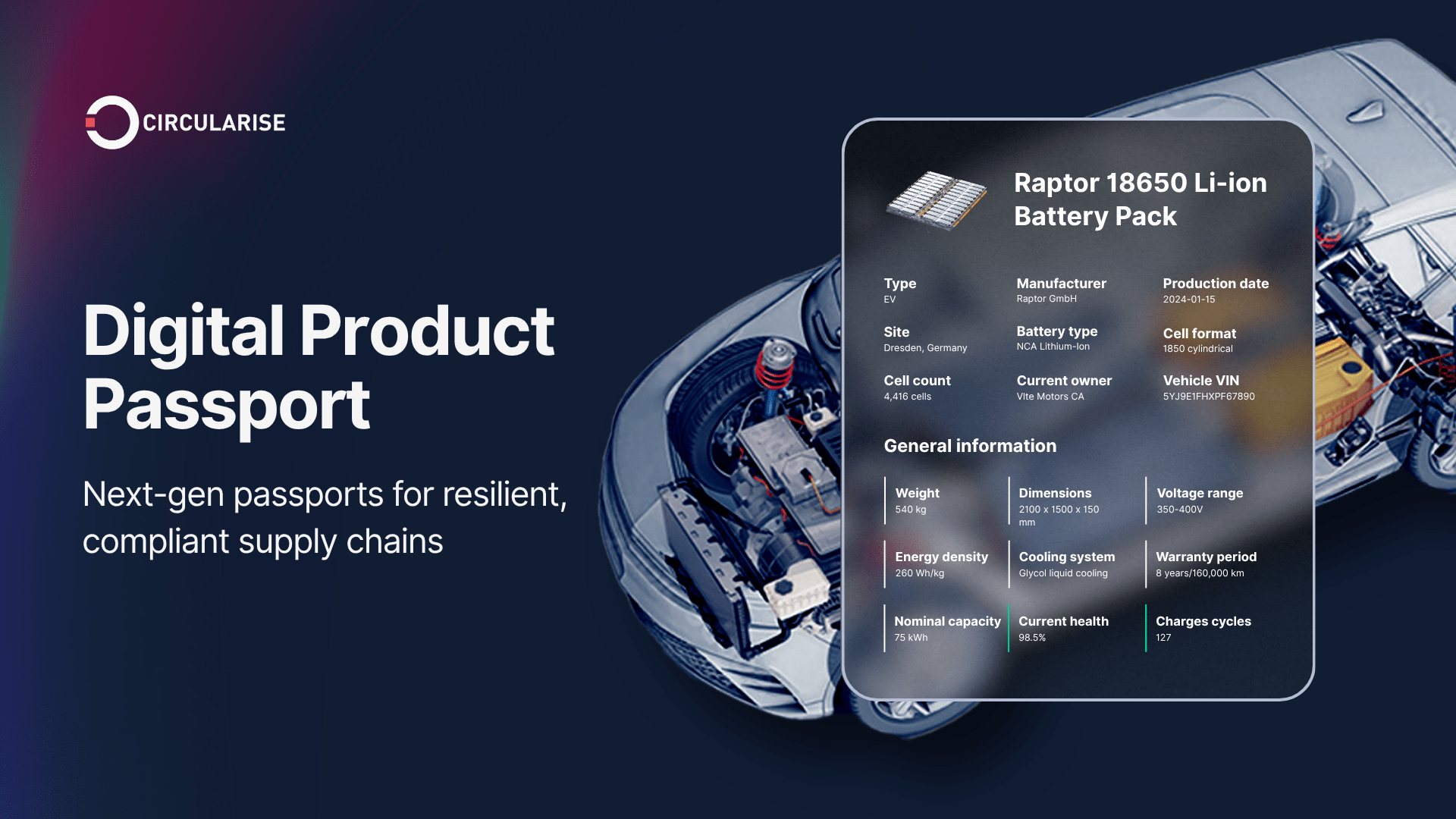Circular practices are set to become the cornerstone for businesses looking to embrace a holistic approach to sustainability and unlock new value delivery. There is much to consider when adopting a circular product model. In this article, we will cover the basics of circular product design, circular business model implementation, and how to avoid the most common pitfalls.
Designing circular products
Designing products with circularity in mind is key to establishing more sustainable systems. With this mindset, products are created from their beginnings to have a reduced impact over the whole product lifetime. This means considering the impact of a product not just in its first use phase, but assuming it will be resold, remanufactured, or repaired to extend its lifetime. Designing for circularity requires the incorporation of new core design principles and insight into the materials used.
The core focus of circular product design is to design out waste. This means removing the unnecessary elements of products which use materials and generate waste. There is then the option to prioritise one of the following themes to extend the product lifetime: either design for durability or design for repair and reuse1. The goal of these two approaches is the same, but the paths to get there are very different.
Here’s an example: If a product needs to be disassembled so that it can be easily repaired, then how the product is held together is a key consideration. An effective bonding agent to glue two materials together may increase durability and product lifespan, but it means that disassembly is no longer a viable option, sacrificing repair possibilities. Therefore, certain aspects of circularity will need to be prioritised based on your context. To make these decisions during the design process, having insight into material composition, life cycle assessment, and reuse value will be instrumental.

New circular business model opportunities
Delivering circular products changes the customer experience and your interactions with your customers. Depending on the design principle chosen, the new business opportunities will also be influenced. If the design for reparability principle is adopted, it lends to offer additional revenue streams in the form of service and repair offerings. Whereas if the design for durability principle is used, it brings opportunities in the form of new markets for high-quality, long-lasting products.
In general, adopting circular principles creates new value when the producer has a vested interest in preserving the product's lifetime and performance. This then opens up new revenue streams through models like product-as-a-service (PaaS) and resale models, previously not viable due to a disconnect in the value chain2.
To capitalise on the benefits that new circular business models bring, additional systems and services are required. Product returns from consumers must be enabled through, logistics, communication, and product processing operations. Alternatively, additional information must be passed to waste processors, so that they can return materials to the operators who value it the most, capturing the value usually lost at the product’s end of life (EOL).
Read more about PaaS models here
Avoiding the common pitfalls of circular business models
Currently, it is rare to find a successful circular business model operating at scale, and there are several reasons for this3. But the good news is that digital product passports can help to mitigate one of these major barriers: the aversion to collaboration and data sharing between companies.
One of the major pitfalls for companies looking to implement circular practices is approaching the task from an isolated mindset of their business. Circularity requires an ecosystem approach, so the vast majority of companies lack the resources, knowledge, and capital to establish circular material flows alone.
Digital product passports act as a conduit to connect value chains together, regardless of size or complexity. The process of implementing digital product passports forces communication and collaboration, and once set up, they allow for reliable data sharing across supply chain tiers.

However, even when a company accepts the need for collaboration to achieve circularity, concerns around data confidentiality and intellectual property can block progress. Selective data sharing can alleviate these concerns, enabling companies to share the necessary insights into their products and processes with the only parties that require this information, while keeping their confidential data secure.
As creating material loops becomes easier, the price gap between virgin and recovered materials will narrow, making the business case for circularity clearer. Overcoming these barriers will support the scaled adoption of more circular practices.
For help building the business case for digital product passports, take a look at this article
Conclusion
In conclusion, the transition to circular business models is a complex yet rewarding journey. It requires a shift in mindset, starting from the design phase, where products are created with durability, reparability, traceability, and recyclability in mind. The transformation extends to the business model itself, opening up new revenue streams and customer experiences. However, the path to circularity is not without its challenges.
Companies must overcome common pitfalls, such as the reluctance to collaborate, share data, and potentially risk data confidentiality. Digital product passports can play a pivotal role in mitigating these barriers, fostering communication, collaboration, and secure data sharing across the supply chain.
As the process of creating material loops becomes more streamlined and the cost gap between virgin and recovered materials narrows, the business case for circularity will become increasingly compelling. Overcoming these hurdles will pave the way for the widespread adoption of circular practices, propelling businesses towards a more sustainable and resilient future.

Circularise is the leading software platform that provides end-to-end traceability for complex industrial supply chains. We offer two traceability solutions: MassBalancer to automate mass balance bookkeeping and Digital Product Passports for end-to-end batch traceability.
For specific advice on implementing circular practices and business models at your company, talk to us






